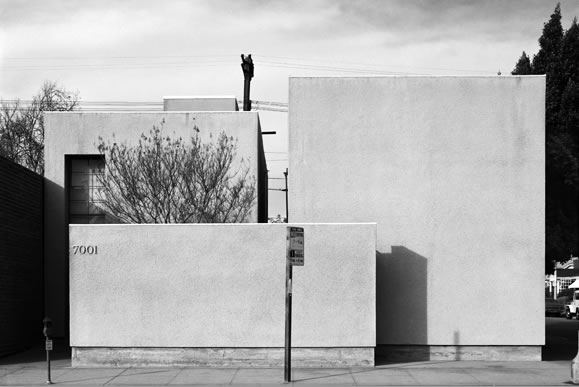![]()
Danziger Studio,Frank Gehry, 1965
[Image credit: © Michael Moran]
[Text from Barbara Bestor’s Essay “Deeply Superficial: Excavating the Dingbat from the Art and Architecture Canon,” featured in the Dingbat 2.0 publication].
foga.com
